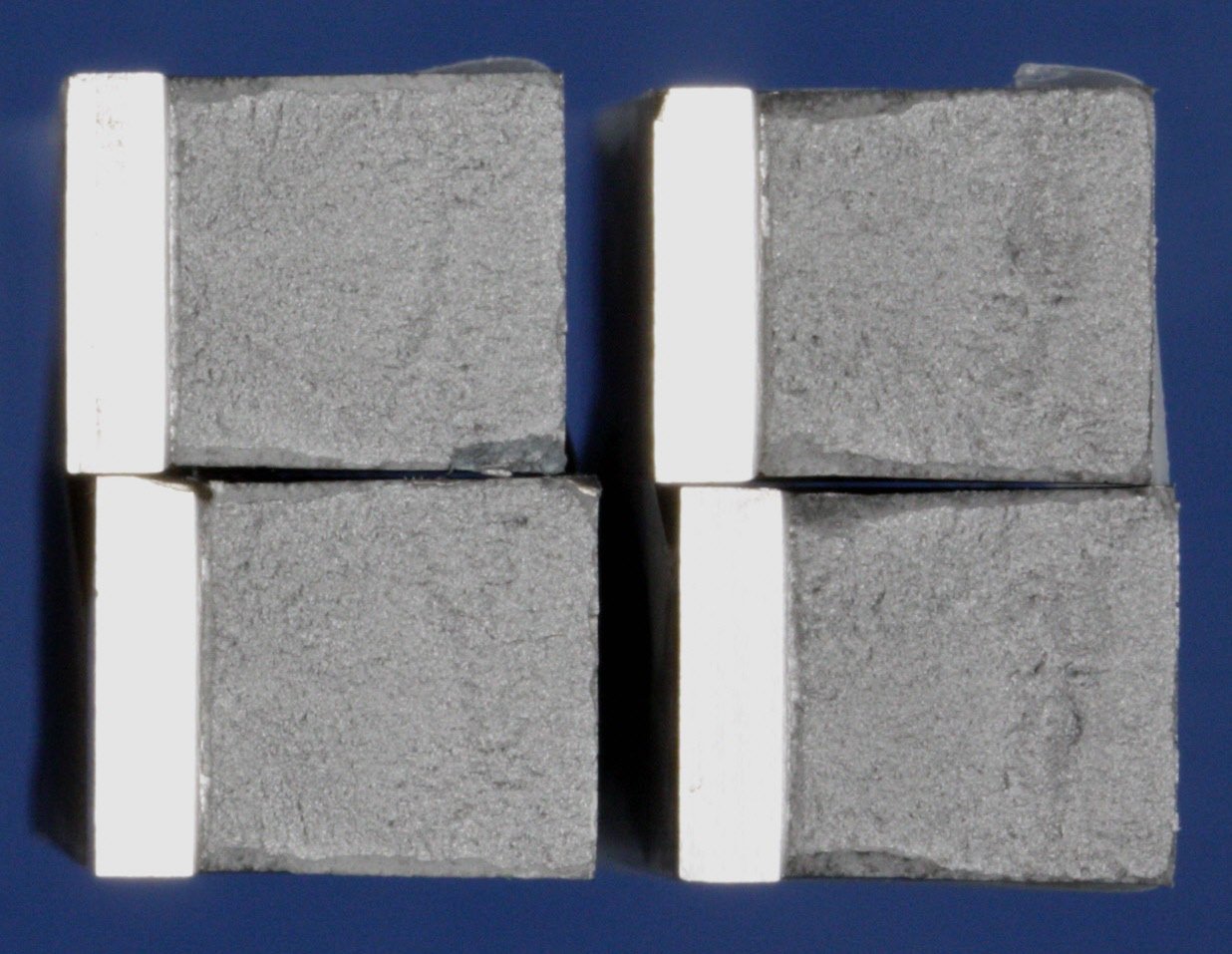IL-19: Optical point tracking for experimental deformation analysis
In component or material testing, displacement and acceleration sensors are often employed to gain detailed information on specific points. With the aid of a dynamic optical measurement system, such data can be obtained in a contactless manner with relative ease.
In static or dynamic component or material testing, a universal testing machine generates only global information on the properties of the entire system under consideration. If you are interested in more detailed position data at specific individual points on the surface, a considerable experimental effort is generally required to install displacement and acceleration sensors. Using a dynamic optical measurement system suitable for point tracking, results can be obtained in an efficient and timely manner. Moreover, the contactless technology also allows operation under adverse ambient conditions such as temperature ranges which would prohibit the installation of conventional sensors.
The measurement equipment available at RMS Foundation for dynamic point tracking allows the investigation of points on surfaces ranging from several mm2 to several dm2 under load. To this end, passive markers are glued at the points of interest.
An important field of application of this technology is the validation of calculations and simulations with the finite element method (FE). Contrary to simplified FE models, this measurement system yields displacements measured under realistic conditions including effective surface structures and boundary conditions corresponding to the actual experiment. Figure 1 depicts the investigation of a stem component of a hip prosthesis for illustrative purposes. Individual points on the hip stem and the testing fixture are equipped with passive markers allowing their tracking. This kind of experiment allows the direct comparison with results of FE studies and can therefore be used for simulation validations.
Compared to full field strain analysis, which is also offered by RMS Foundation, sample preparation is readily performed. Additionally, the sensitivity towards adverse environmental factors (e.g. vibrations, change of lighting conditions) is considerably reduced. Additional signals (e.g. traverse information of a testing machine) can also be recorded in a synchronized manner.
Upon request, the measurement device might be deployed to your work place if your testing apparatus is not mobile and your specific test cannot be executed on machines available at RMS Foundation.
Take advantage of this contactless measurement method in order to gain in-depth insight into the structural mechanics of your component or to validate simulation models.

Figure right: Displacements on the surface on embedded hip stem under load.

Figure left: Camera system for optical deformation measurement (gom ARAMIS/PONTOS 2M).
Equipment- Optical 3D point tracking device
Can be used with any testing machine or load scenario; synchronization possible with compatible systems
Mobile system, contact us for potential on-site measurements at your location
- Point tracking on visible surfaces ranging from several mm2 to several dm2
Point markers with diameters between 0.4 mm and 7 mm
Precision down to 1 µm (depending on measurement volume and environment conditions)
Contactless technology
Frame rate up to 7 Hz
